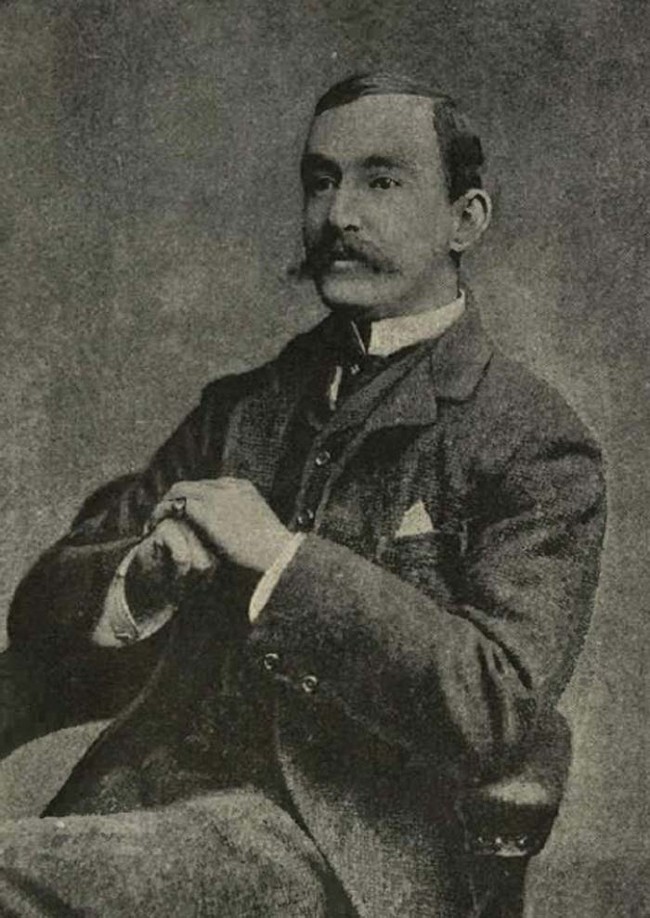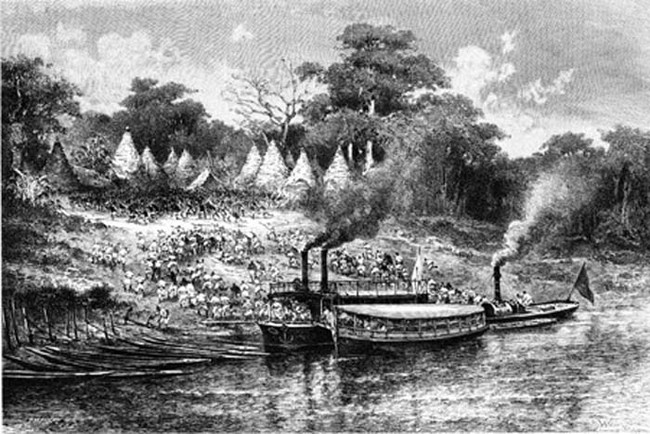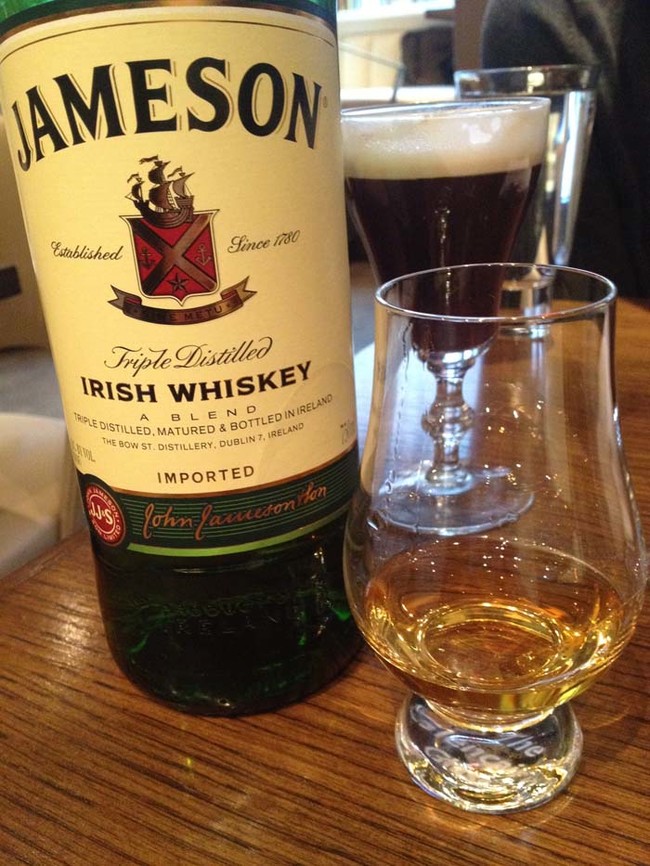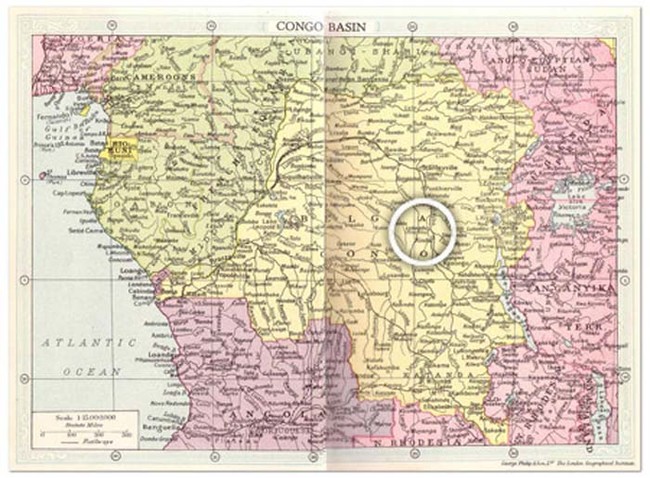People probably don’t think of cannibalism when they think about Jameson Irish Whiskey. After all, whiskey and cannibalism couldn’t be more unrelated, right? Well, allow me to shatter your world view.
In 1888, James S. Jameson, the heir to the Jameson Whiskey empire, allegedly not only sought to witness cannibals in action in the heart of Africa, but actually sold them a victim.
At the time, the young Jameson was making a name for himself as a so-called “colonialist-for-hire.” Jameson was attached to a Belgian expedition into the heart of the African Congo. The group was surveying land for possible inclusion into Belgium’s overseas colonies.
Joining the young Jameson on this trip was his Syrian translator, Assad Farran. Farran was the one who broke the story of Jameson’s actions to the New York Times in 1890, two years after the expedition.
Farran claimed that Jameson frequently expressed a curiosity in cannibalism throughout the expedition. Jameson believed it to be a common practice among the African natives. His interest in cannibalism was so great that he wanted to see it performed.
At some point during their journey, Jameson purchased a 10-year-old slave girl for the price of six handkerchiefs. His plan was to give the girl as a gift to cannibals and watch as they ate her…which is exactly what he (supposedly) did.
With the girl in tow, Jameson and his group of men approached the huts of a supposed cannibal tribe in the area. Farran conveyed that the girl was a gift from a white man, and that he wanted to see her eaten.
The cannibals complied without much delay.
“The girl was tied to a tree,” said Farran in an affidavit to the New York Times. “The natives sharpening their knives the while. One of them then stabbed her twice in the belly. She did not scream, but knew what would happen, looking to the right and left for help. When stabbed she fell dead. The natives cut pieces from her body. Jameson in the meantime made rough sketches of the horrible scenes.”
“Then we all returned to the chief’s house. Jameson afterward went to his tent, where he finished his sketches in water colors. There were six of them, all neatly done. The first sketch was of the girl as she was led to the tree. The second showed her stabbed, with the blood gushing from the wounds. The third showed her dissected. The fourth, fifth, and sixth showed men carrying off the various parts of the body. Jameson showed these and many other sketches to all the chiefs.”
Jameson fell ill and passed away later in 1888. After the Times published Farran’s shocking account, Jameson’s widow published a letter allegedly written by Jameson before his death about the events in the African jungle. The letter insists that instead of seeking out cannibalism, Jameson was repulsed by it and sought to save the young girl’s life.
Farran was eventually forced by the Belgian government to sign a statement renouncing his story. However, many historians believe that Farran’s accounting of Jameson’s acts in the Congo are at least partially true.
(source New York Times, The Inquisition)
Even if Jameson wasn’t responsible for encouraging heinous acts of cannibalism, I don’t think I’ll ever be able to enjoy a glass of Jameson Whiskey the same way again. This is just too brutal.
 share
share
 share
share
 share
share
 share
share
 share
share


